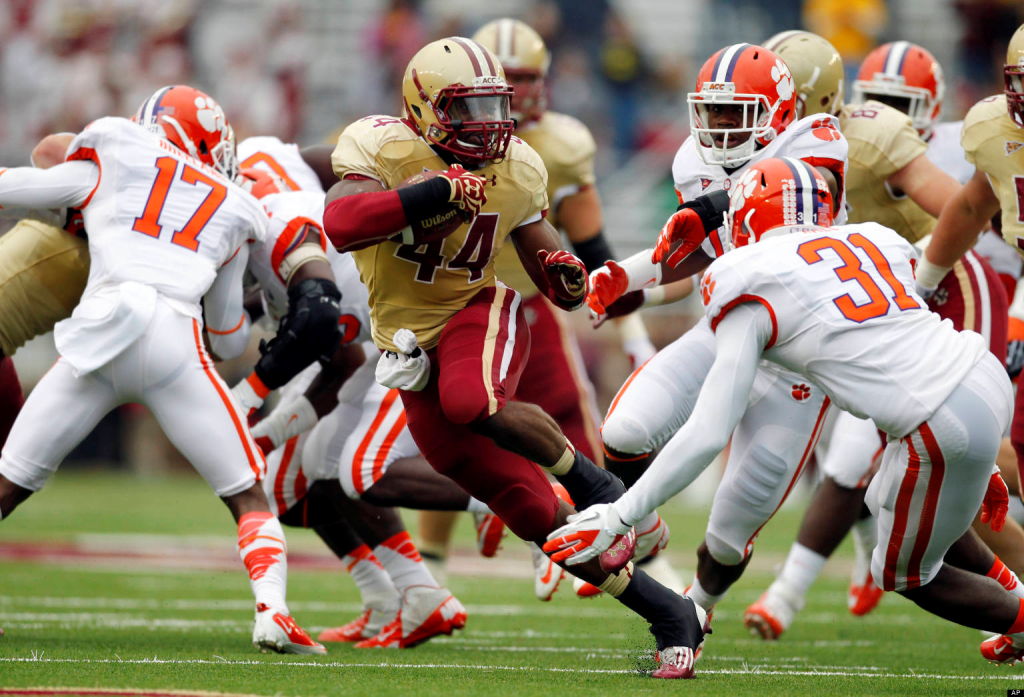Evaluating a college football season is a supremely delicate endeavor.
On one hand, the small sample size provided by only 12 games makes it important to withhold overly severe judgments of teams, coaches and players in the first month of a season… the month (September) which has just come to an end as far as game play is concerned.
Yet, on the other hand, when teams lose two games in September — Auburn, cough; Georgia Tech, wheeze; Oregon, hack; Tennessee, sputter — they suffer significant damage and irrevocably alter the complexion of the national championship race. Single losses in September aren’t necessarily death blows — see “Indiana d. Missouri, 2014,” as an example. Yet, instances of teams overcoming bad September defeats — while not rare in the way certain solar or lunar eclipses are — do not exactly outnumber the instances in which bad September defeats lead to unsatisfying seasons.
This business of evaluating a college football season from early September through the middle of December is part art, part science. The main thing to emphasize is how delicate a task it is. There’s a need for the snap judgment on some occasions; the “it could be an aberration or outlier” view on others; and — in a majority of cases — the “wait and see” approach.
Every season demands this balance of viewpoints and mindsets from analysts. The 2015 season has thrown some very specific challenges in the faces of pundits and bloggers.
To continue reading this article by Matt Zemek at Bloguin, click here.




